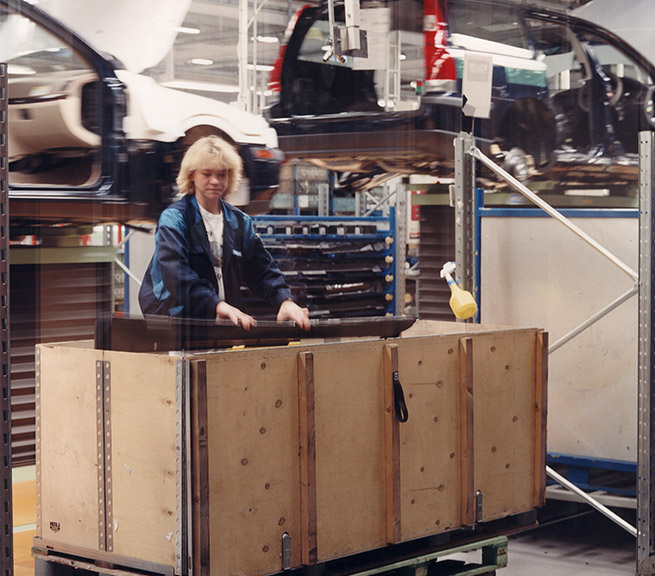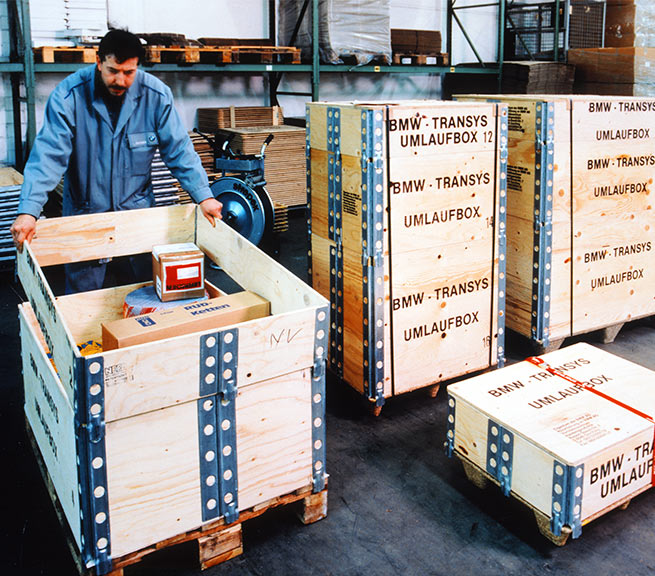A new product category
Moving into Heavy Duty Packaging
The Canadian market grew rapidly during the ‘90s, and in 1992, a special division – Heavy Duty – was established to target companies with a need for larger packaging solutions. The Heavy-Duty division manufactured large bolted skids with plywood enclosures and large pallets and served various customers with heavy duty needs, such as companies in the energy segment that needed to ship very large turbines and generators.


